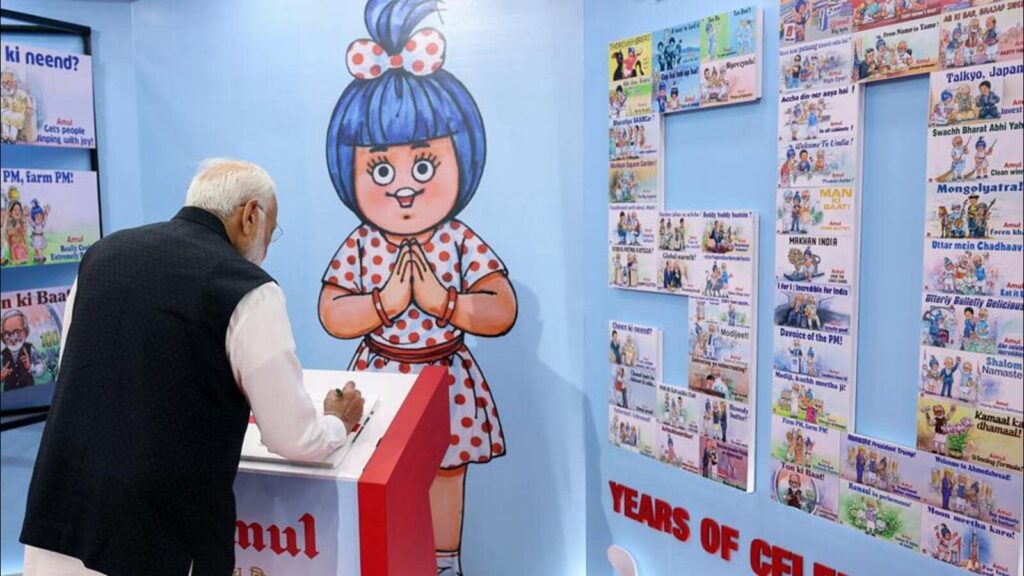The singular success of the Gujarat Cooperative Milk Marketing Federation (GCMMF) — which owns the iconic Amul brand — spurred the Prime Minister to urge it to target becoming the largest dairy company in the world. Fifty years after it was set up, it is the eighth largest. That GCMMF has thrived, and not just survived, in a country where failed cooperatives are legion, is perhaps its defining achievement.
So, what has made it tick? GCMMF’s secret sauce has many ingredients — its natal link with the White Revolution, the enduring strength of the Amul brand, its exemplary nimbleness in diversifying offerings, among others. What sets it truly apart, though, is the trust its 3.6 million milk-producer members repose in its professional management. The model has become a template for 27 other state federations. Why haven’t cooperatives in other areas tasted similar success? Maharashtra’s sugar cooperatives did well initially before they started declining. Some failures have left cooperative banks teetering on the edge. Sugar cooperatives had no antidote for the toxic combination of administered cane prices and sugar imports to cool off prices. But they can’t be absolved of poor management decisions, especially when they willingly became tools to further political interest and became a channel to launder money.
Such problems have now become endemic to the larger cooperative ecosystem in the country. There is now desperation for reform. A start has been made with the RBI being made the regulator for cooperative banks and a Union ministry of cooperation to oversee multi-state cooperative societies. Professionally managed cooperatives, where the agency of member units is not circumscribed no matter what their respective political affiliations are, can rekindle optimism about the space. Everyone can learn from Amul.
Continue reading with HT Premium Subscription
Daily E Paper I Premium Articles I Brunch E Magazine I Daily Infographics


